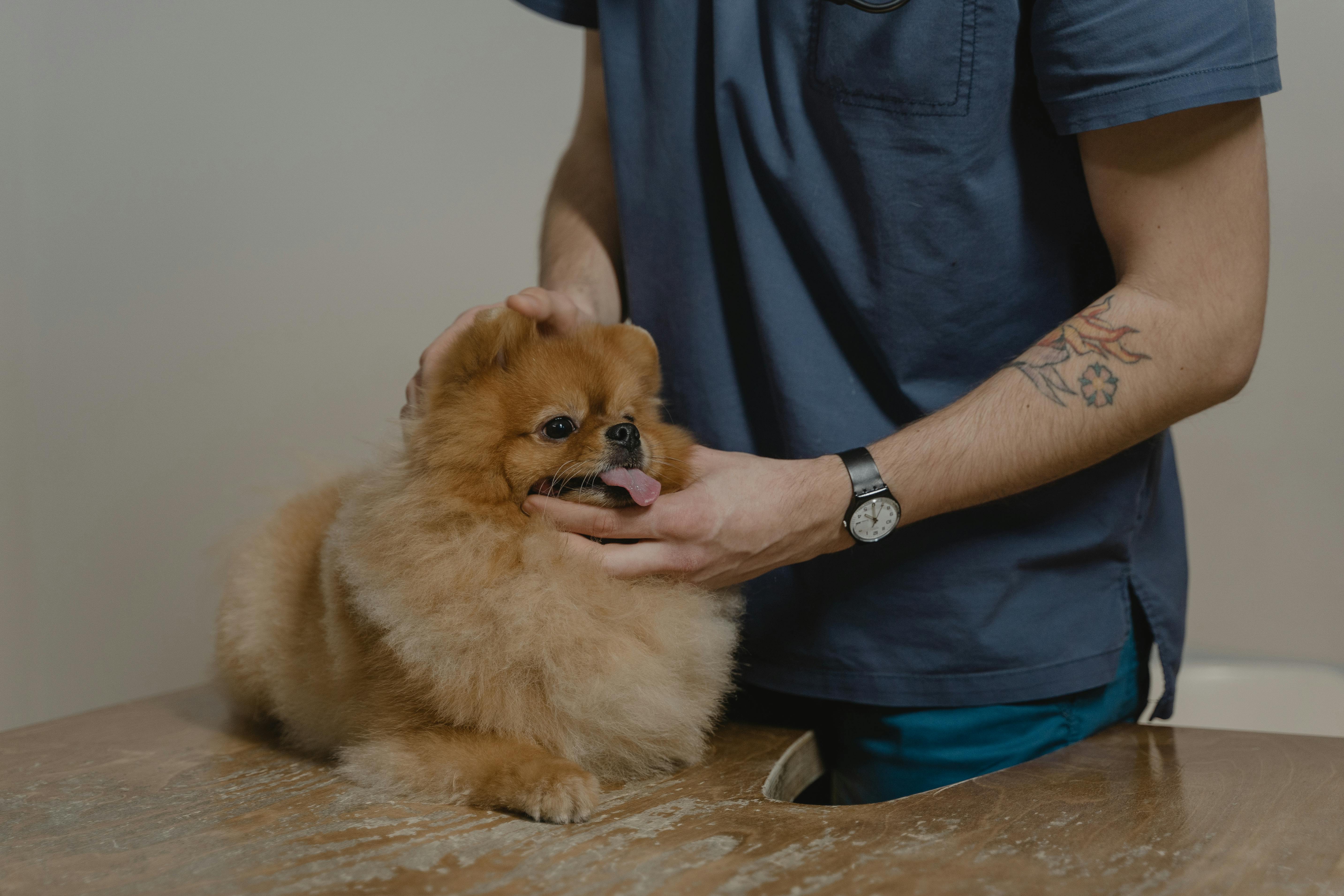It may take four to six weeks for your new dog to settle in to its home. Try and organize some time off to spend with your new dog as it settles in. the more time you put into this early stage, the easier things will be later on.
From day one, you should be taking your dog for a walk every day. Take it on different routes and introduce it to its new neighbourhood. This will help your dog find its way home if it ever escapes and it will reduce stress and anxiety as your dog becomes more familiar with its surroundings and meets new dogs in the area (or at least smells where they’ve been!!).
There are now many areas for dogs to run off leash. If you think that your dog won’t come back, ask someone to bring their dogs along too. Dogs will more than likely play together and not run away if they are in a group. Ask around, there might be a dog walking group you can join.
There are some websites popping up in all areas of the world where you can meet other dog lovers online; share your story and meet with your dog for a play date. I joined one and started an online group for the dog owners in our area. You will also get a lot of support from people who love dogs and have happily rehomed them.
Keep routines up. Feed your dog at the same time and in the same place. Only adjust feeding times if it is going to the toilet inside at night or you need to leave it on its own for long periods of time. This includes weekends.
Give your dog at least one week to settle in before introducing it to an extended family. Dogs Can Develop Fear From Uncertain Situations So You Don’t Want To Put It In A SITUATION IT FEELS IT CAN’T GET OUT OF. This might lead to attribute behaviour such as growling or nipping. Don’t Have Any Parties or Social Functions During the First Four to Six Weeks at Home As Too Many Crowds Or Too Much Noise May Distress Your New Dog.
Sub Dogs Have Used Aggresion to Deal with Situations where they felt Threatened or Have Been Hurt. Fear Based Aggresion Stems from The Dog’s Belief That It is Better To Attack Than Be Attled. You should not tolerate any form of aggression. If your new dog is displaying aggressive behavior such as growling, staring eye to eye, raised hackles, leaning forward and making itself look bigger, barking and of course, biting, remove the dog immediately and leave it on its own somewhere. Do not stare at it or challenge it in any way. Consult Experienced Behaviourist Who Will Support The Use of Positive Training Techniques.
Some dogs will try aggression to see if you’re going to discipline them and so are not necessarily going to do it again once you have established yourself as a pack leader. You should consult with a canine behaviorist and ask their advice. You are also more than welcome to send me an email and I will best answer your concerns.
If you have planned the arrival of your new dog well, you would have consulted with your children and given them firm instructions on what to do and what not to do. Here are a few points to consider:
* A child under 7 years should not feed or handle a dog
* Never leave any dog alone with children, especially your new dog for any length of time.
* Always supervise children under 12 years around dogs and show them what is acceptable behavior and what is not.
* Give the dog its own timeout area where it can escape from noisy children if it needs too.
* Don’t let children sleep or lay on the dog’s bed. Dogs are territorial and it may not like what it considers to be an intruder (your five year old, for example) sleeping on its bed.
* Don’t let children play with your dog’s toys or take them out of the dog’s mouth.
However, involving your children with training a dog will really help the children and the dog to understand each other better. It is imperative that the dog learns that it is under the children in the pack order. This is best done by taking your dog to a training center and allowing your children to participate in its training.
You are not confined to strict obedience places; there are agility training, lure training, herd training and much more. Choose a center that best understands the needs of your dog. And more importantly, have fun. Any kind of training will strengthen the bond between you and your new dog as long as its positive training that doesn’t rely on the using pain such as a correction chain to ensure your dog follows your commands. Choose your training center wisely and your dog will look up to you for guidance and reassurance and will eventually learn to trust you.
